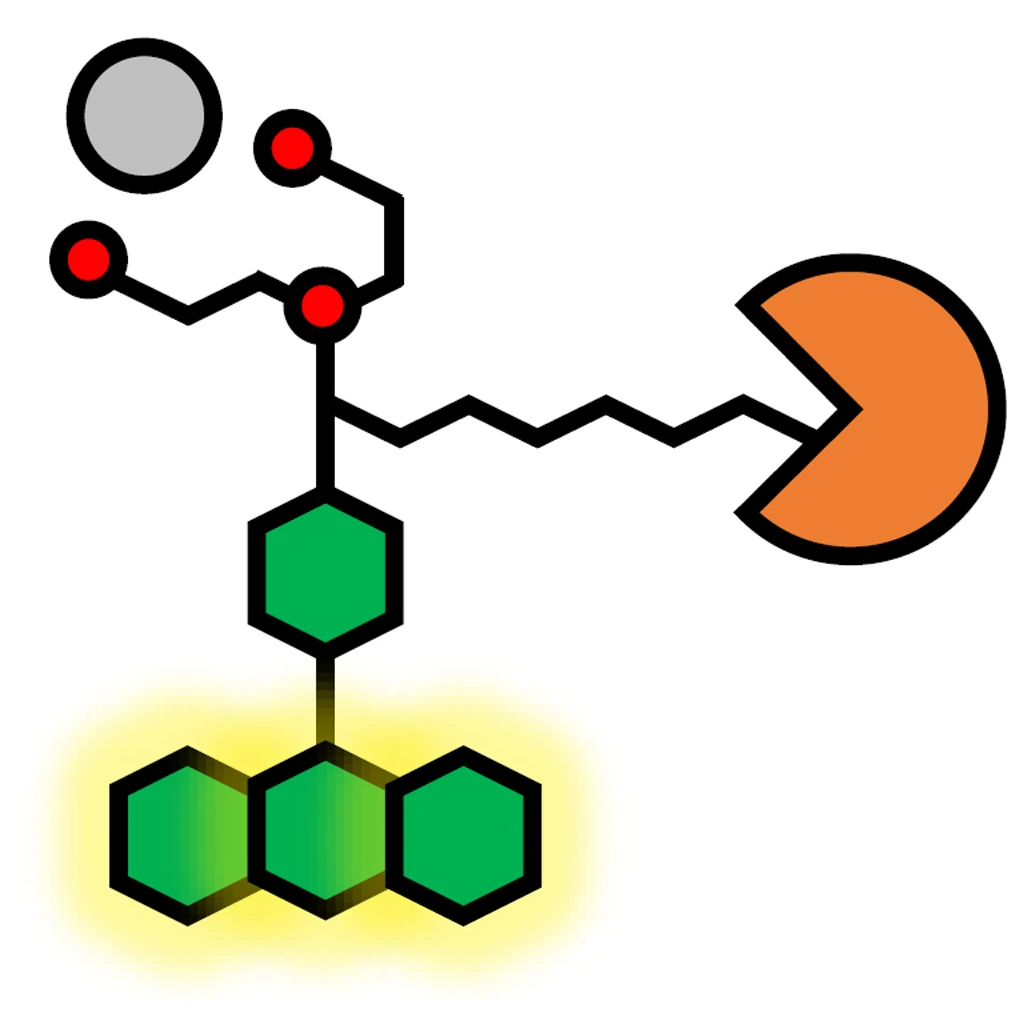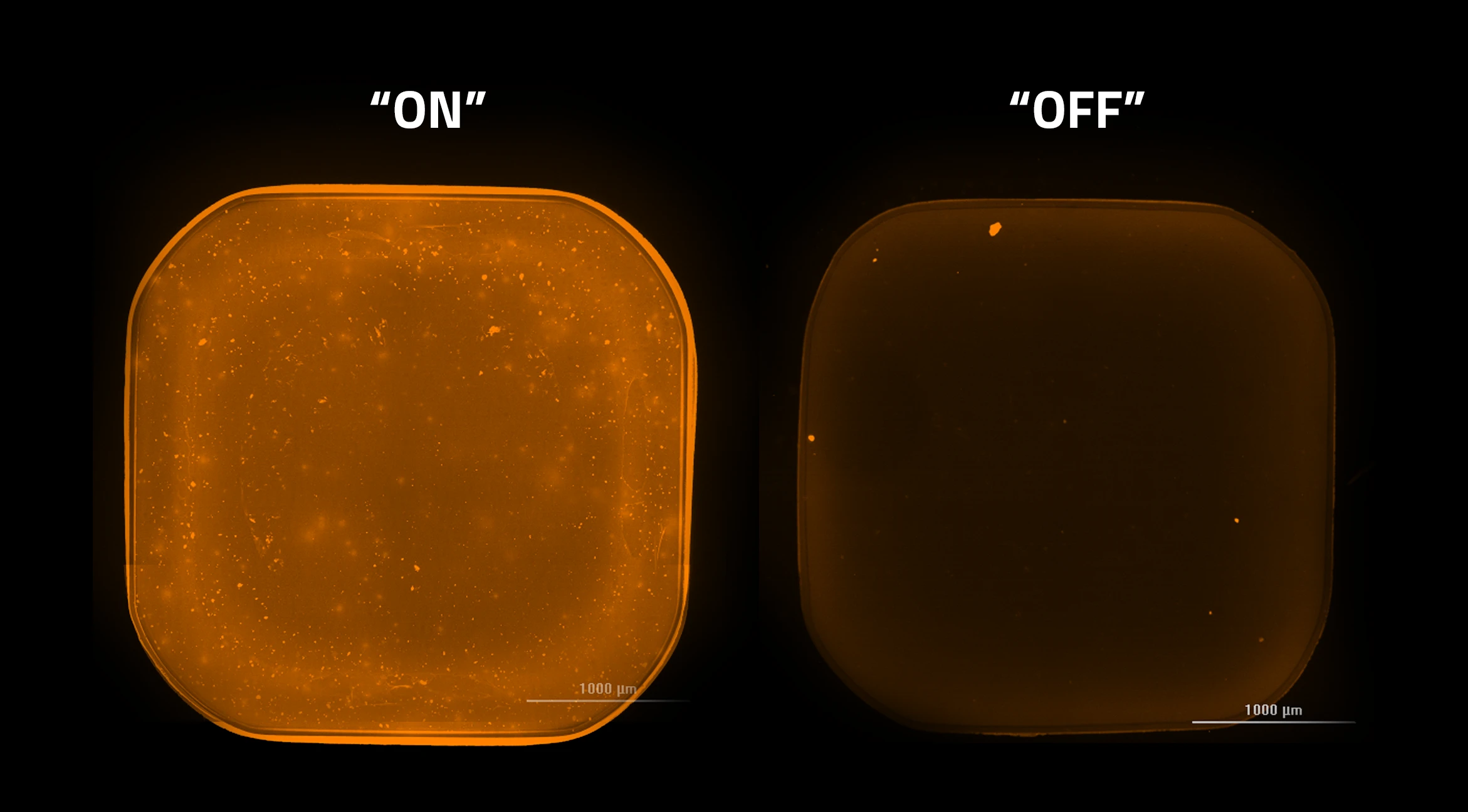Ion indicators are the reason our company was initially founded, with many of the groundbreaking fluorescent ion indicators attributable inventions to our current or former staff. We produce a large collection of selective ion indicators for many monovalent and divalent cations. More recently, we have developed proprietary methods to functionalize many of our most famous fluorescent ion indicators with reactive functional groups, creating conjugatable ion indicators for linking them to proteins, polymers, peptides, and even solid-state surfaces. Our ability to functionalize ion indicators for additional applications is only limited by our imaginations and is led by the ideas of our innovative team and collaborative partners.

One growing trend in drug discovery is the exploration of organellar ion channels to gain a better understanding of how intracellular membrane proteins play a role in disease. Many of the leading pharmaceutical companies are developing drugs that target mitochondrial or lysosomal ion channels, and a need exists to measure ion channel activity on the native organellar membrane. ION Thallos-HTL was developed by ION Biosciences to discover modulators of organellar potassium channels. By appending the HaloTag® ligand onto Thallos AM, a best-in-class fluorescent thallium indicator, the modified indicator is capable of selectively labeling subcellular compartments where HaloTag(R) is expressed. With the thallium indicator localized to the organellar lumen of interest, ion flux across the organellar membrane can be measured. See our publication in this peer-reviewed journal to learn more.
We see many additional areas where conjugatable ion indicators can be used to visualize important biological events or work as part of an ion-selective diagnostic platform. Similar to our Halotag-compatible collection of ion indicators, conjugating ion indicators to peptides or proteins can further expand their applicability to decode complex cellular events.
One coupling strategy we have patented is the use of biotinylated fluorescent ion indicators to selectively label avidin proteins. Biotinylated ion indicators were incubated in streptavidin-coated multiwell plates to allow attachment, then conjugated ion indicators were alternated between “on” or “off” states using proprietary buffer formulations for visualization. This type of technology may be useful for measuring specific ion concentrations in biological samples or visualizing multiple proteins in a single sample.


Exploring the full breadth of how our proprietary, conjugatable ion indicators can be used to build powerful new technologies can now be accomplished with ease, by relying on our team’s expertise to functionalize the ion indicators you need with the functional group your application demands.